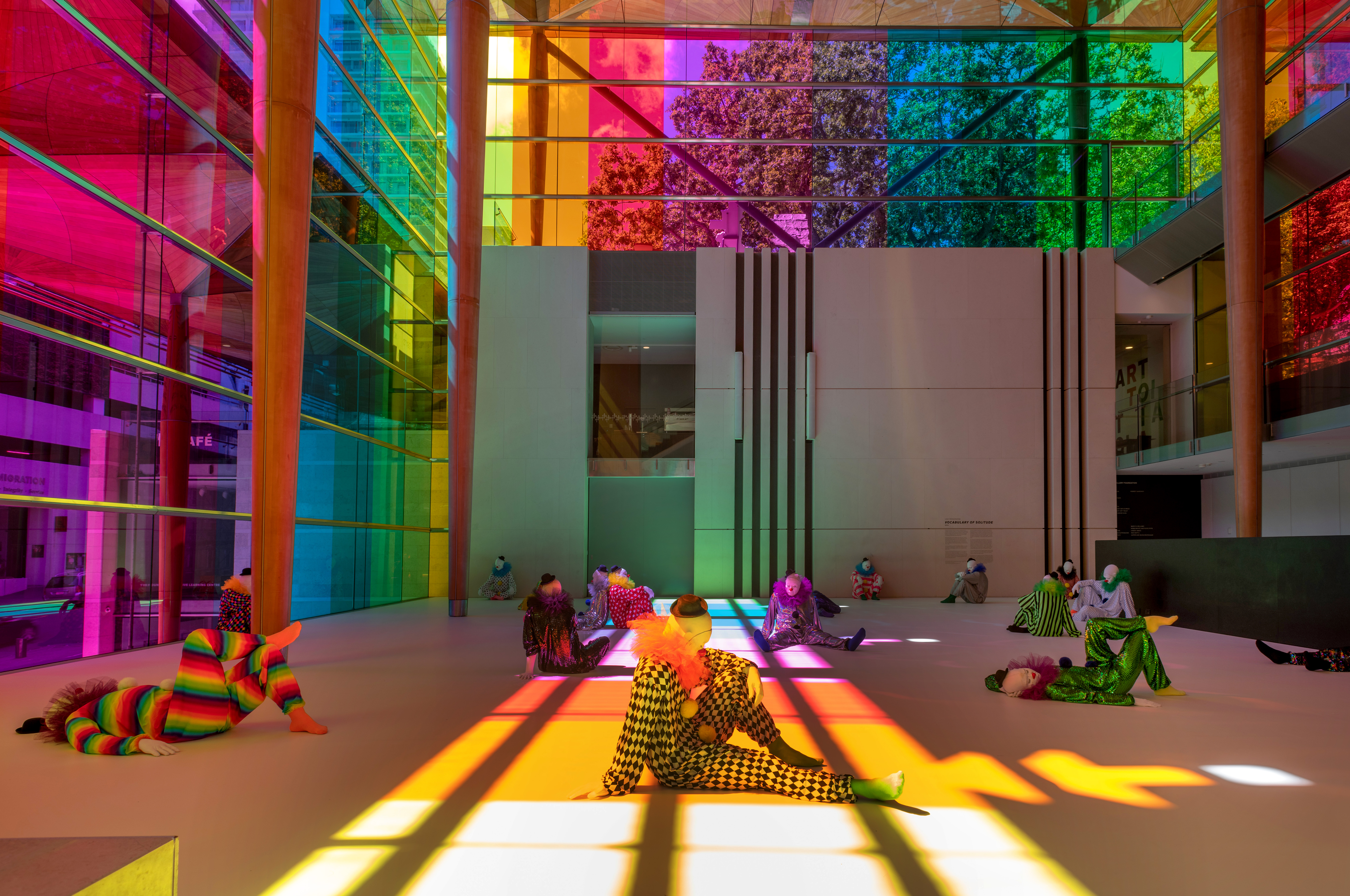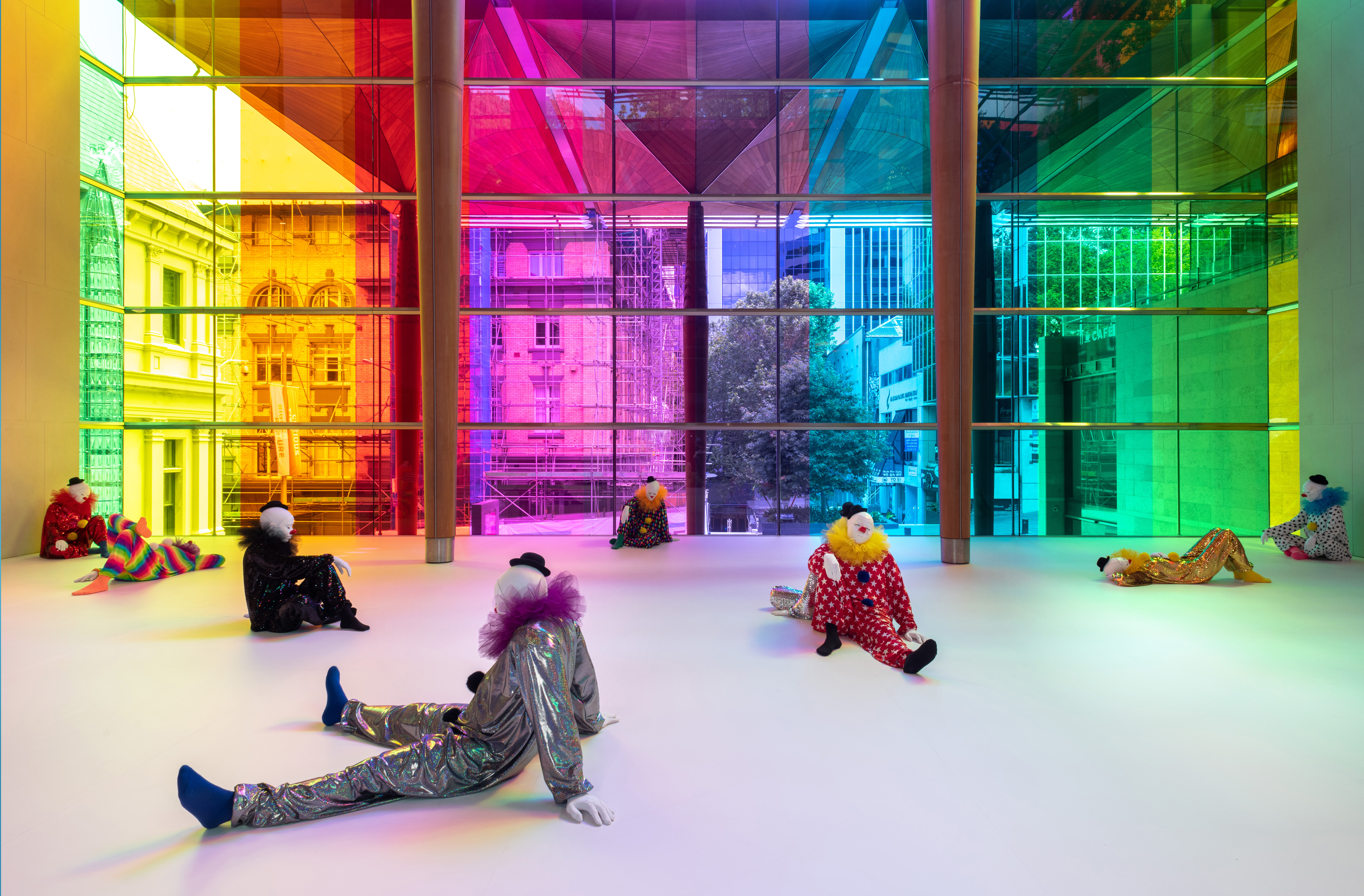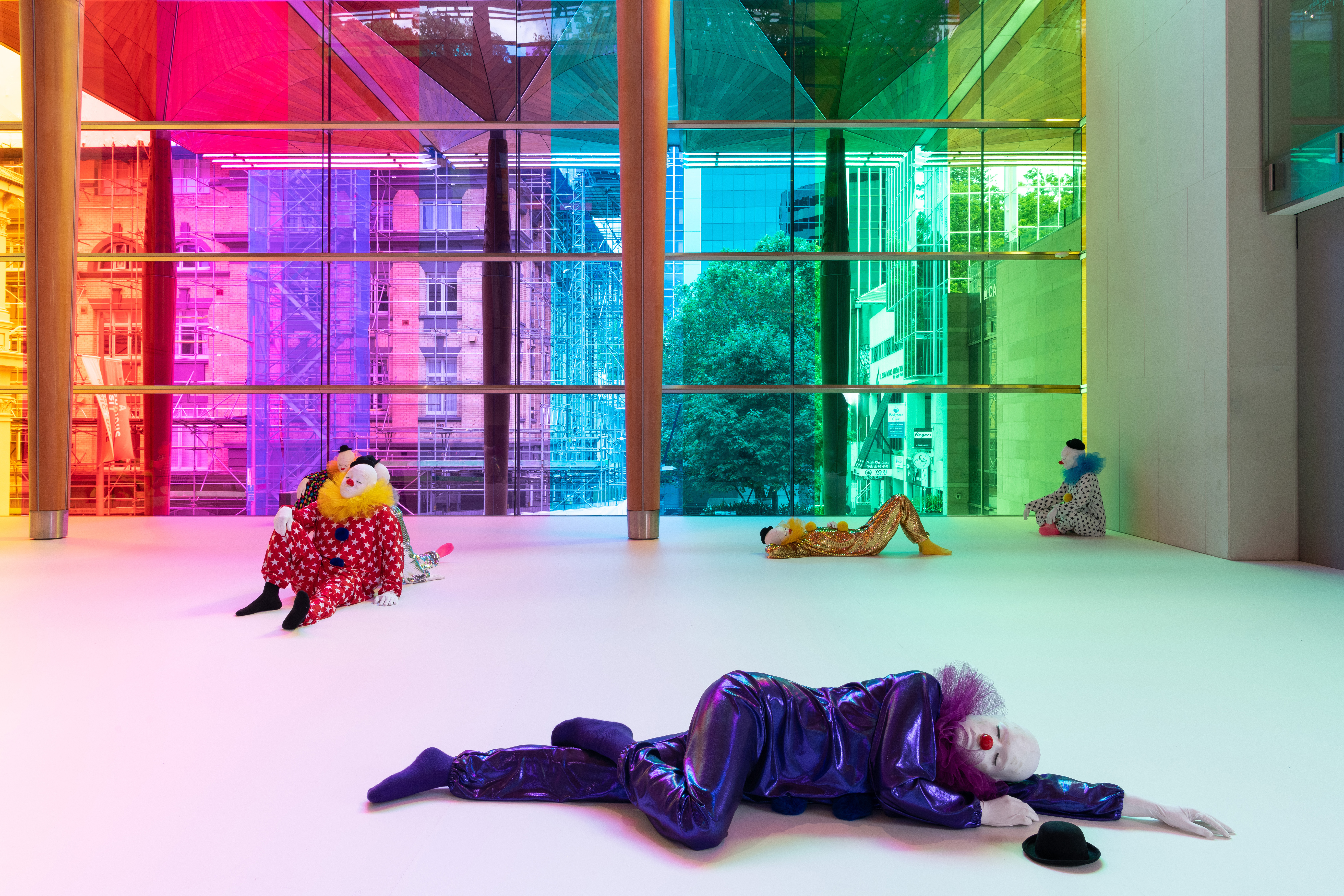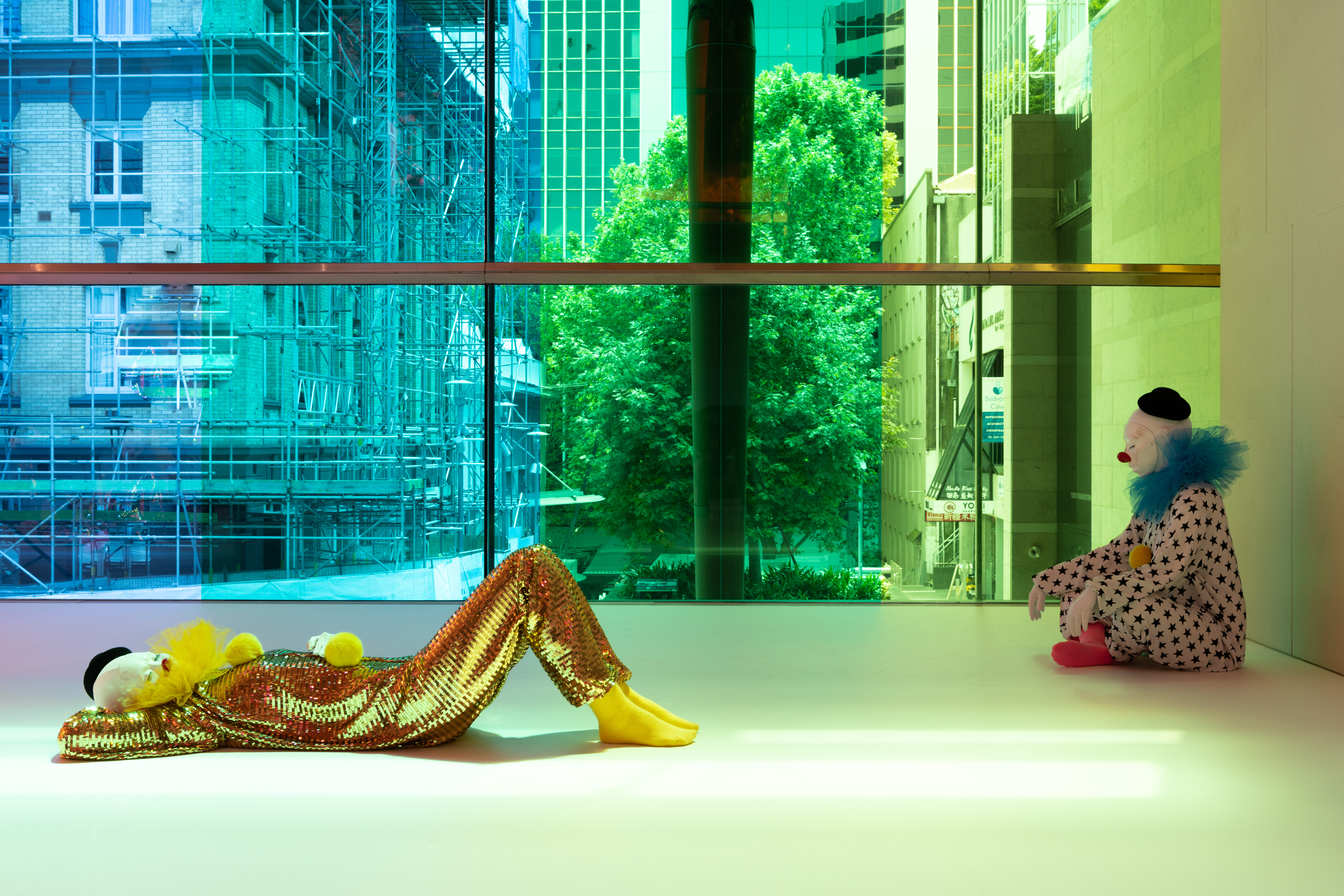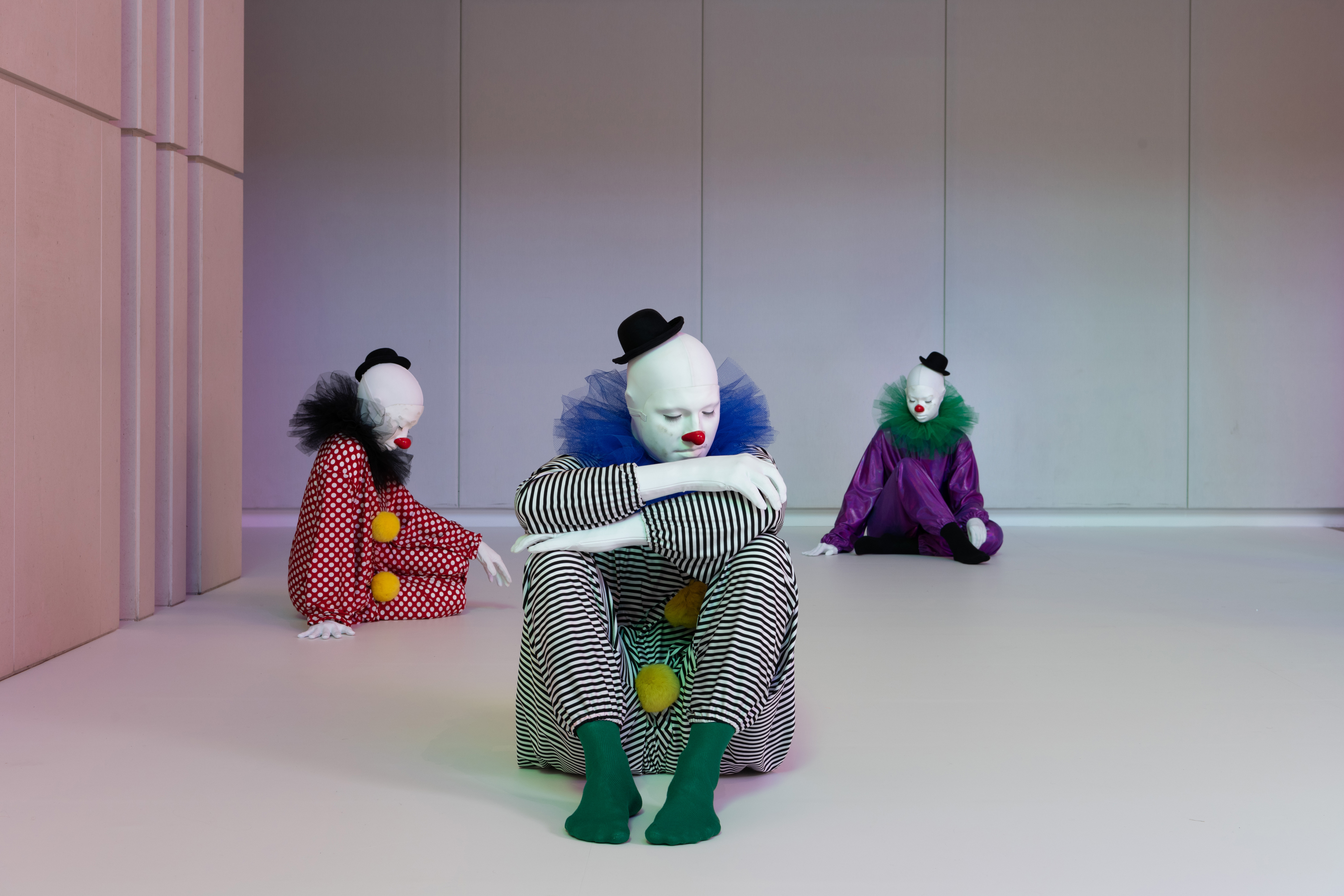Reprinted from Art Toi Magazine, November 2021
For those alone, time seems to be in excess at the moment. Time we never thought we would have, nor get back from those things that usually rob us of it – work, commitments, socialising; technological and interface compressions – has suddenly been delivered in loads. Courtesy of Covid-19, lockdown days are designed around working through great thicknesses of time to make them feel lighter, more air filled, bearable.
Before lockdown days, we were in accelerated postmodern time. It did its best to deny us a sense of experiential, organic life calibrated by the arc of a day, logged by transiting light, the trill of birds at sunrise, the barking dogs at dusk – the perceptible rising and lowering of noise as a day dawned, peaked and waned. Time, defined by the confident roundness of itself, signalled by the 12 hours on the clockface, was suddenly, brutally reconstructed. Postmodern time was given a new face, one that fluttered and spooled in a demented fashion. 24/7. Global time. Military time. Digital time. We were asked to synchronise watches – well, smartphones – and prepare for the marathon that never stops in a world switched on to endless loops of news and infinity cycles in which the sun, and the things that happen under it, are always keeping us awake. An endless set of communications requiring immediate answers. A second-by-second tumble of images from other people’s lives sending us into tunnels of cross referencing. We thought it was the information age, but it was actually mass distraction – we were in a time-warp of temporal disintegration.
People too young to remember the fads of meditation, and the application of concentration, started to talk about slow movements, presentness, mindfulness – all the nesses that helped postmodern people slow down, get off the colour-wheel-of-death that whirls around, around, around on computers. Because even a moment of stillness had become frightening to those whose existence had been programmed to run like a rat on a wheel.
But suddenly, we have been thrown back into old time. The beginning light of day seeps in through cracks in curtains, and at the day’s end, light disappears in the glow of Netflix series. In between we walk, cook, fossick for essentials – we wander along similar routes hoping for some oddity to create interest. We are forced into quietness, sometimes stillness, reveries. This is called solitude. Solitude is being alone, but it is not necessarily loneliness, though it can sometimes drift there. Solitude is a more active and deliberate state of self-immersion, seclusion – separateness. Not everyone enjoys it. The extroverted for instance. But for those who can tolerate this quietening of mind and pace there can be gifts of thought and awareness.

